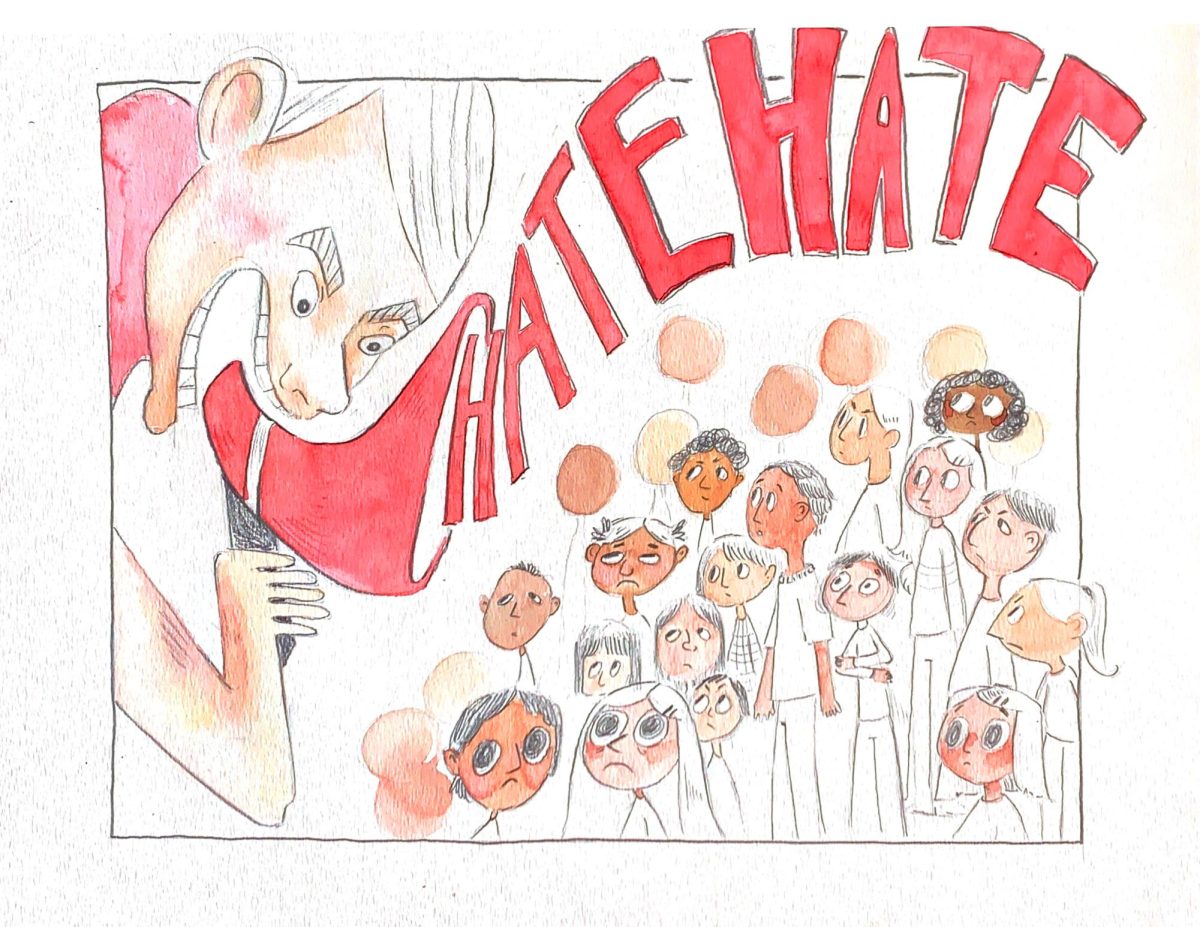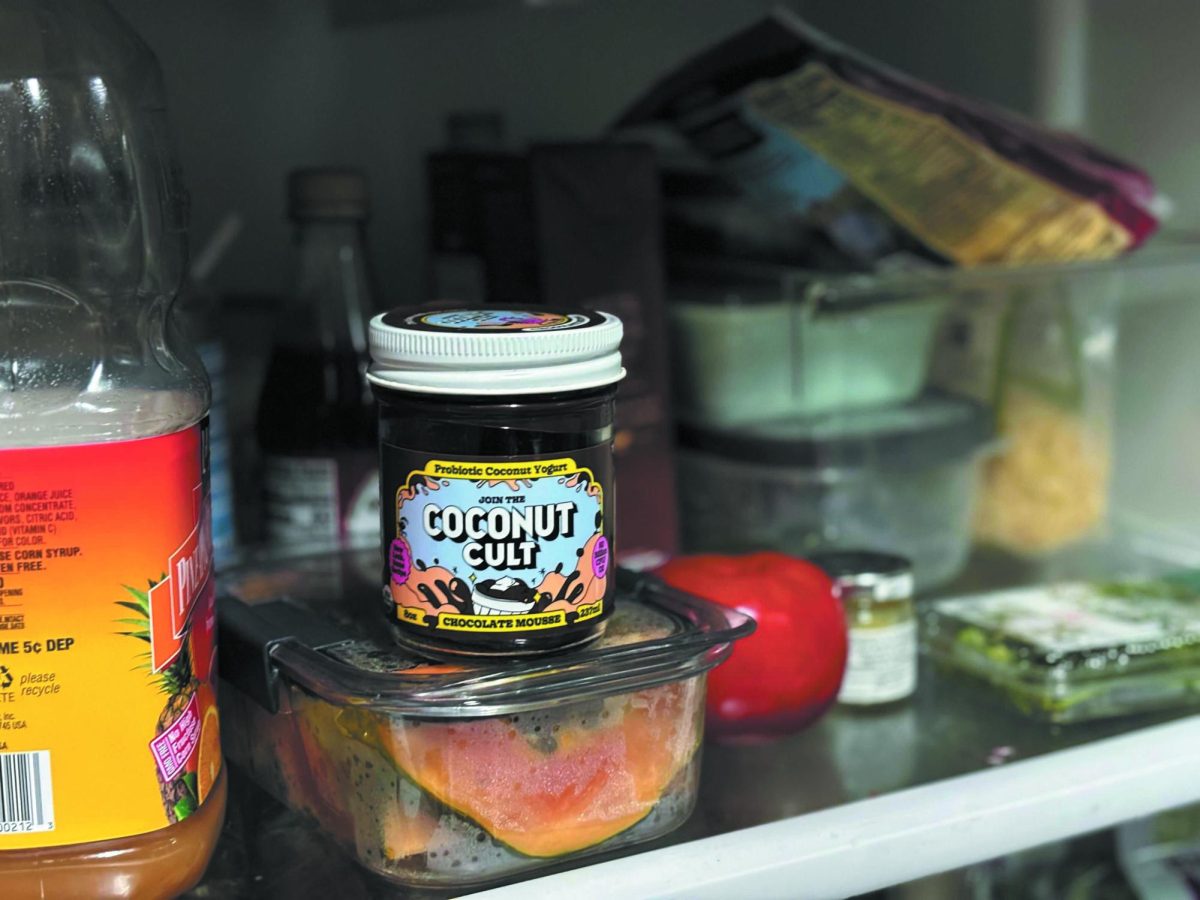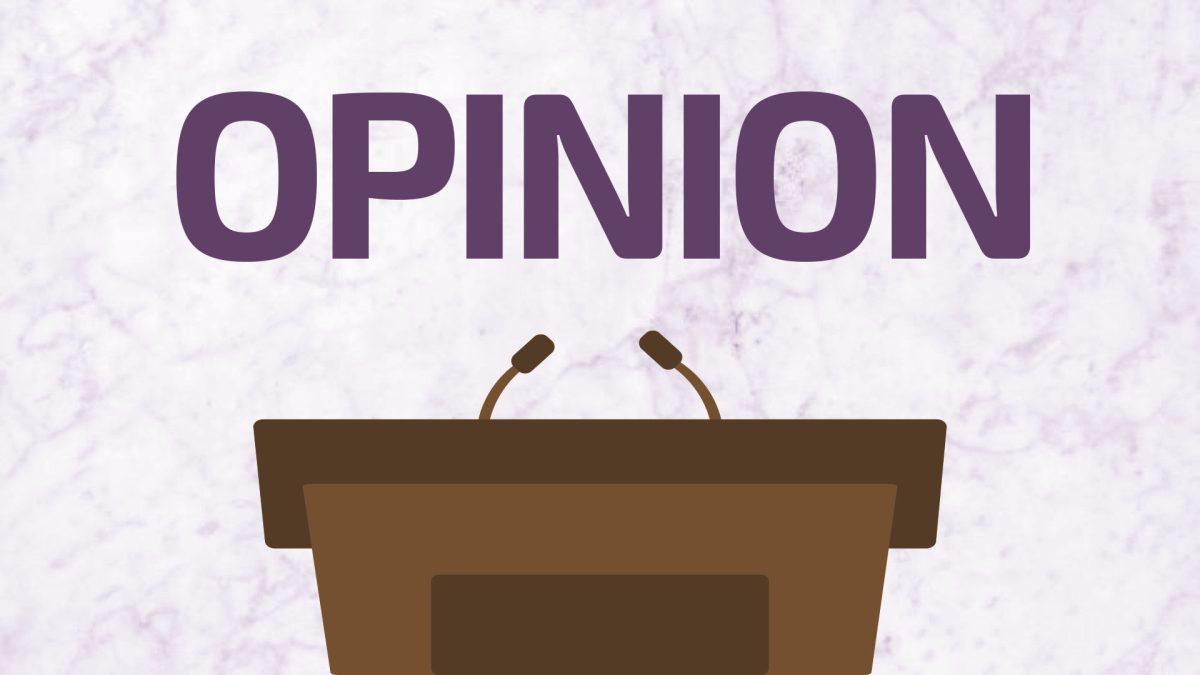My letter is in response to the article, “New alcohol education program may avert binge drinking abuse” (ODE, July 11). According to your article, the state has reported high alcohol-related offenses at University of Oregon. This has led the University to adopt a program, AlcoholEdu. This program is designed to reduce problem drinking behaviors by educating students of the dangers of excessive drinking. This is a good step towards addressing this problem. However, I am worried that this attempt is not enough.
The problem with relying too much on a program such as this is that it comes a little late in the course of some students’ experiences with alcohol. Many youth today begin drinking at a young age. It is likely that by the time this program reaches them, they will already have begun to walk down the road to chemical dependency.
Chemical dependency is an organic disease caused by a substance’s reaction to different structures in the brain. Some people are genetically more likely to be affected by substance abuse and addiction than others. Some people will never have the exposure to become addicted but for those that have, educational programs are not enough. They need actual medical substance abuse care.
Now, I am not stating that the education program is a bad thing; quite the contrary. It is evidence-based and will likely help a portion of the students at the University of Oregon. It just seems as though it should be a part of a two-handed approach to combat this epidemic — one-half education and prevention and one-half treatment of pre-existing addiction.
The supplement I would recommend to the University as well as the Oregon government is a program I experienced on a recent trip to Finland with Michigan State University. One of the most exciting things I saw while there was the Finnish approach to the treatment of alcoholism. The approach that I experienced is called a Sobering Station.
The name of this program implies similarity to the U.S. concept of a drunk tank but in fact it is quite different. A Sobering Station is a cooperative model between the local police and the hospitals. The police still do their job of patrolling the streets for alcohol and substance-abuse crime. When an offender is apprehended, the police will usually turn them over to the hospital. Then they are put immediately under the care of clinicians who specialize in dealing with their substance-abuse issues.
The sobering station is similar to any other hospital department. They work with the emergency team and the police to identify who is best suited for their treatment. This treatment can be anything from basic monitoring while someone detoxifies to full addiction support. They are then recommended for follow-up work once they are able to check out. This creates an opportunity to help treat people who would otherwise not consider entering a program.
An important aspect of this program is that it does not require a patient be mandated by the courts to get care (however, drunk drivers still are). The individual will wake up in a care facility with necessary help surrounding them. They are not required to stay, however many of them realize the severity of the situation and do. This allows the team to begin work with them immediately.
Imagine if instead of running around on weekends handing out tickets for minors in possession, the police were instead finding students with a problem and checking them into a hospital. This would have the same effect of removing the drunks from the streets while also providing help to people who need it. This sounds like a stronger embodiment of “to serve and protect” than the current model being used. A ticket for minor in possession (under 21) carries a fine of $364 – $507 and a one-year license suspension. This fine can be increased for subsequent offenses. These penalties are stiff for something that is a common activity at the University. In addition, classic behavioral psychology has shown time and time again that punishment is the least effective way of controlling behavior. It is clear that there has to be a better solution.
The Sobering Station model could be exactly this solution. It’s a best-of-both-worlds scenario. It sends a clear message to the students that what they are doing is not acceptable to the school, the community or the authorities. It provides necessary education to the alcohol abusers about what they are doing to their bodies.
It’s time that we took a less punitive, common-sense stance on alcohol abuse in our universities. Let’s stop treating it like crime and start addressing it as the public-health epidemic that it is. There are good solutions to this problem. Let’s continue to try them until we find some real solutions that work.
Daniel Liam Cavanaugh
Michigan State University
Commentary: AlcoholEdu doesn’t go far enough
Daily Emerald
July 16, 2011
0
More to Discover












